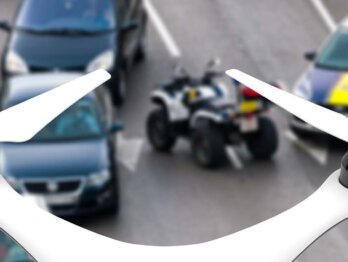Innovation in education governance: Toward a learning system in Wales
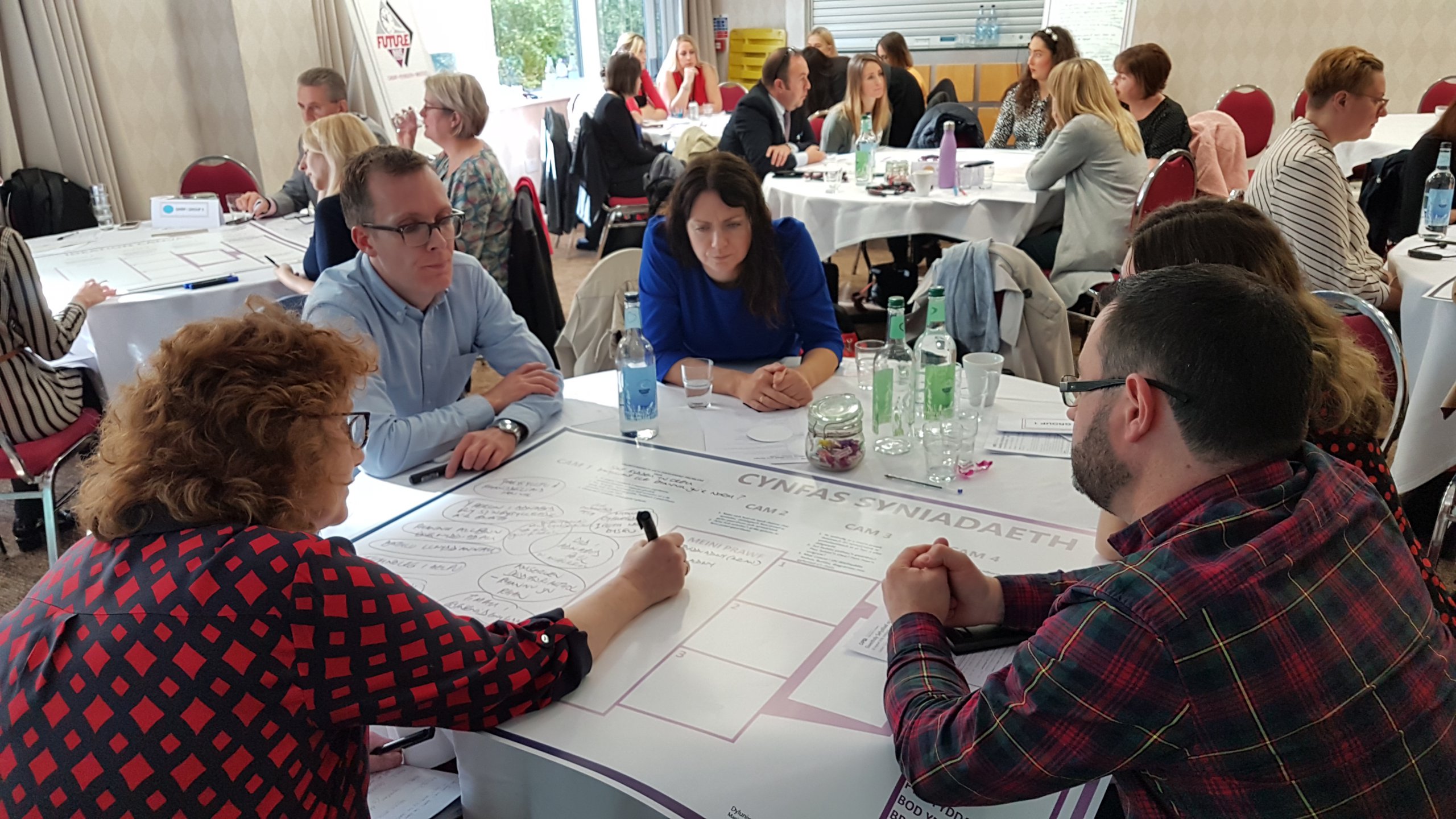
Wales is in the thick of a major education reform process focused on large-scale school improvement. With such an ambitious agenda, the challenge wasn’t just about getting the policy right in the first place, it was about seeing it through to effective implementation so it could start transforming what, and how, students learn. To that end, the Welsh Government Education Directorate worked with OECD colleagues in the Education Directorate’s Implementing Education Policy team to develop the Schools as Learning Organisation model. The model’s seven dimensions focuses attention and activity on areas known to foster the kind of learning that keeps an organisation sensitive to, and able to act on, change.
First, schools underwent a Learning Organisation assessment, involving a quantitative survey and qualitative interviews, to understand the extent to which they already embodied characteristics associated with the model’s dimensions and where they needed to focus effort to improve. Wales calls its’middle tier’of organisations in the education system ‘Tier 2 organisations’. This Tier is comprised of regional consortia, local authorities, diocesan authorities, Estyn, Qualifications Wales, Education Workforce Council, examination boards and higher education Some Tier 2 partners have also customised Learning Organisation assessments to make it relevant to organisations at this level of the system and will undertake them soon.
Similarly, the Directorate underwent a Learning Organisation assessment. As government departments are markedly different to schools; this assessment was adapted to fit the public sector context. We tailored the survey to fit government and included questions related to staff well-being and perceptions of whether the Directorate was on track to achieve its policy missions. Then, we buttressed the quantitative survey data with qualitative interviews, which explored governance challenges. This provided us with an in-depth understanding of the machinations of the Directorate and the complexity of its intra and inter-organisational relationships. Read more about this process in an earlier blog in this series.
Through a series of workshops with Directorate staff, we investigated how people understood how their Directorate performed its various strategic functions (such as improving existing systems and services, adapting to changing needs, setting missions and anticipating upcoming changes) and asked them what kinds of learning they believed supported each function. In doing so, OPSI built a typology of different kinds of learning, associated to different organisational functions. OPSI then worked with Directorate staff to enrich their understanding of the Learning Organisation model’s seven dimensions, by having them attribute behaviours to each dimension and think about what they could do differently or better if people behaved in these ways. This was a good way of grounding an otherwise abstract model in public servants’ daily habits, interactions or ways of working.
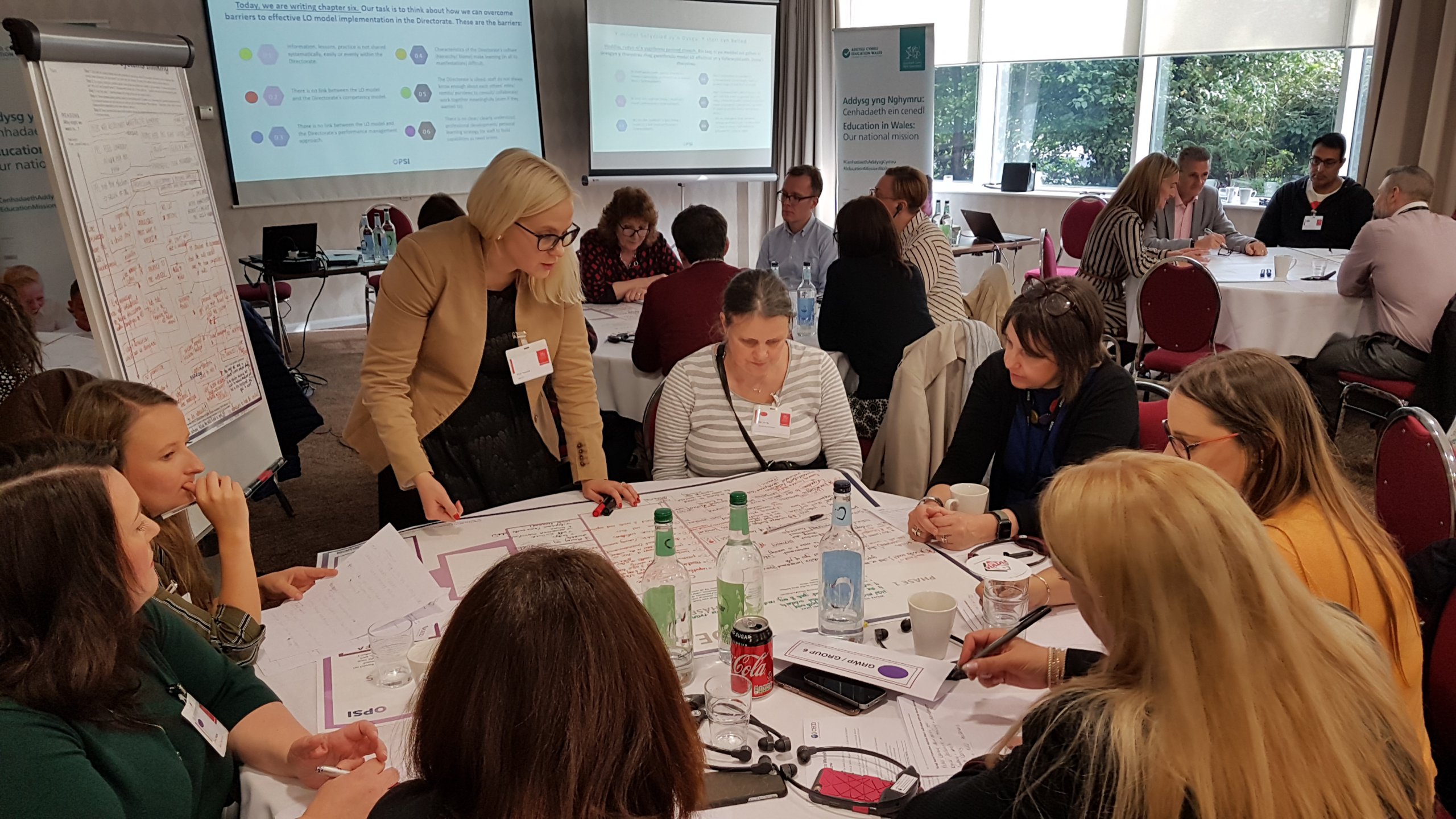
The Directorate wants to embrace the Learning Organisation model and see its seven dimensions fully realised in this public service context. Encouraging the behaviours associated with each of the model’s dimensions would allow the Directorate to change its culture and ways of operating so it can develop and implement complex education reform and find new and improved ways of working with Tier 2 Organisations and schools. Given the strong correlation between Learning Organisation dimensions and staff well-being, realising this model would make the Directorate the kind of place where people can set out to achieve big things for Welsh learners and feel supported, developed, and fulfilled at work while doing so.
For the Directorate to put itself on a clear path to becoming a Learning Organisation, it had to identify and address the barriers that are currently preventing them from moving forward.
Identifying barriers to becoming a Learning Organisation
If the Directorate wants to become a Learning Organisation and research shows that this development would be a valuable and useful thing for it to do, what is stopping it?
Our quantitative and qualitative research identified six major barriers to becoming a Learning Organisation. These are:
- How information and practices were shared within the organisation
- The need for a clearer link between the Learning Organisation model and the Directorate’s existing competency model for staff
- The need for a clearer link between the Learning Organisation model and the Directorate’s existing performance management approach
- The desire of people to feel empowered to contribute, regardless of their position in the organisation
- The need for staff to have a clearer more nuanced understanding of what each other does, in order to best leverage diverse expertise or find opportunities for consultation or collaboration
- The need for professional development opportunities to link more explicitly to organisational strategy
From general barriers to specific, actionable problems
A poorly defined problem is the pitfall of any activity aimed at meaningful change. When you do not know precisely what you are dealing with, or you put the cart before the horse by leading with a borrowed solution from elsewhere, you are setting yourself up for failure.
Just as we needed to ground the model’s dimensions in specific behaviours, to understand what ‘walking the walk’ would truly look and feel like to staff, we needed to get clear and tangible on what the problems are, in order to create suitable solutions.
So far, our research elucidated broad barriers to the Directorate becoming a Learning Organisation. Our next step was to verify these with staff, to see if they resonated, and to use their expertise and lived experience to get more granular with what needed to change.
To do this, OPSI gathered a group of over 35 Directorate staff in six groups. Group membership drew on a breadth of expertise, experience and seniority (including people from senior management). All members had their own tacit knowledge, nous and lived experience of working in the Directorate to draw upon and bring to bear on a series of activities aimed at developing solutions to barriers, so that their organisation can continue on its path to becoming a Learning Organisation.
The groups’ first task was to take one of the six identified barriers and frame a specific problem the Directorate could work on addressing.
Barriers to major organisational change rarely have a single origin. The reasons why an organisation finds something difficult to do or to shift are often comprised of various, intersecting factors related to attitudes, relationships, structures, and processes. A ‘problem ladder’ gives people a framework to ask thoughtful, targeted questions about their system. It makes them think about how it comes to produce particular effects.
Firstly, staff added any nuance or reflection they thought could be missing from the broad barrier, as it was briefly described. Moving up the ladder, staff asked themselves what benefits could be expected if the barrier were to be overcome. Moving down the ladder, participants identified reasons why the barrier exists, following causal chains to reveal the root. Staff were encouraged to continually ask “why is this happening?” or “what else are we missing when we talk about this?” or “How is this connected?” Following a chain of logic and connecting different reasons allowed staff to see how different parts of the system sustain or stifle certain actions. At the end of the activity, staff had defined a problem and could ask “How might we do X to achieve Y…?” This problem statement was the starting point for the solution ideation phase.
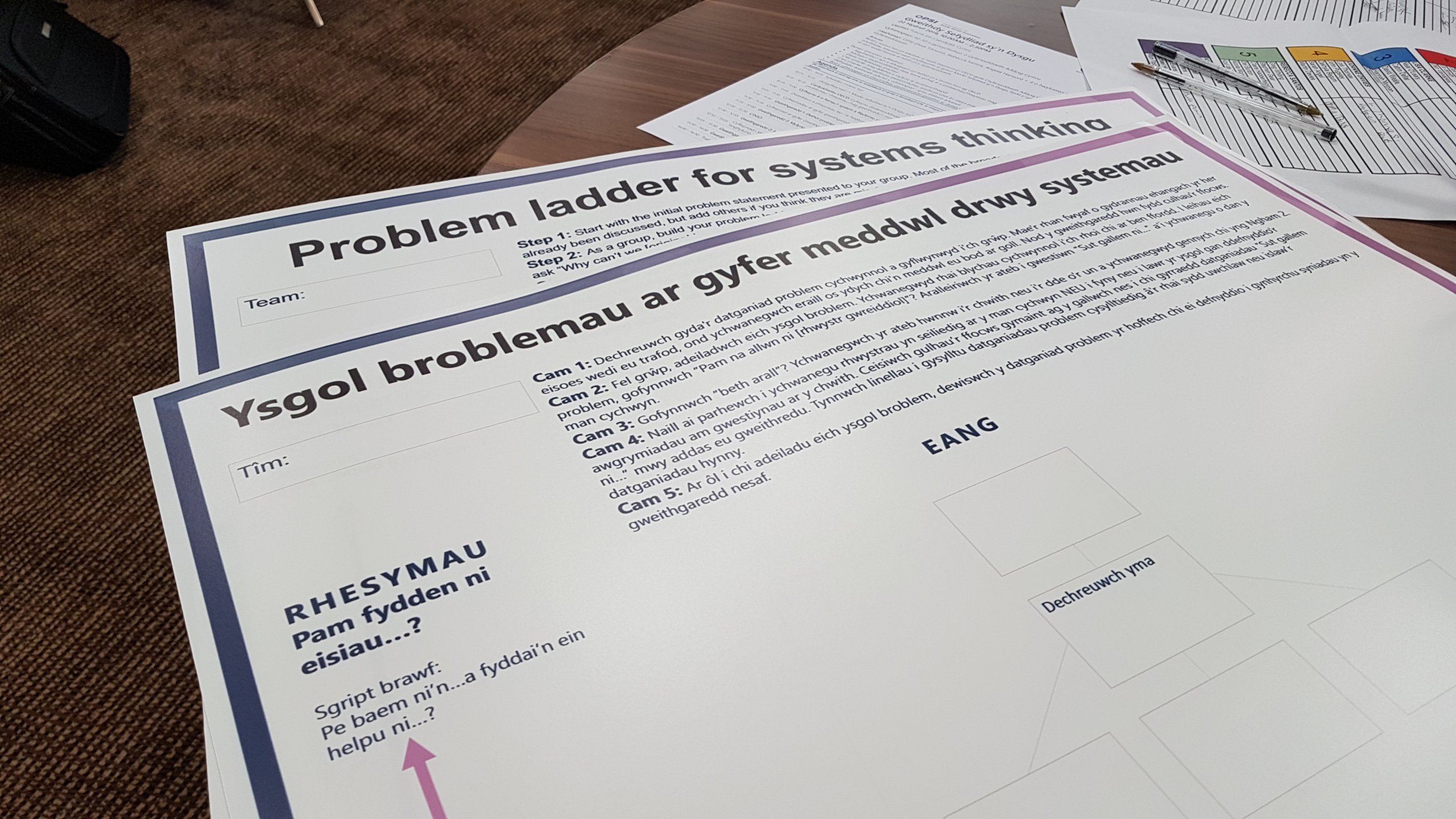
Creating solutions to Learning organisation barriers
Secondly, the groups moved to an ideation phase, to create good, workable solutions to the problem they had just spent time defining and framing.
As we all know, ‘good’ is a subjective judgement. In an organisation as large and diverse as the Directorate, it is likely people would have varying ideas about what makes a ‘good’ solution. To commence, groups spent time on collectively creating evaluation criteria so that when it came time to appraise possible solutions, they would be appraising them from a common basis. ‘Good’ could have clear criteria. Then, aiming for divergence, groups brainstormed and sketched out three possible solutions.
Stress testing solutions to Learning Organisation barriers
To converge on one ‘good’ solution, groups subjected their solutions to a process of ‘ritualised dissent’. This is a listening and learning method. As a workshop activity, it involves members of a group going to visit other groups as ‘travelling critics’, while some members stay to be ‘solution presenters’. The travelling critics listen to a presentation of solutions. Presenters then turn their backs and face away from the travelling critics as they deliver their constructive feedback. Inhabiting the right kind of body language is crucial to the success of this method, as turning away helps group members to depersonalise the critique and remain receptive not defensive.
This method stress tests thinking before the Directorate fully invests (emotionally, structurally, and financially) in ways forward. This kind of rigour early on in the solution making process is essential, given how common ‘path dependency’ is in large public sector organisations, where people continue to do what has always been done simply because the power of inertia is stronger than the capacity or desire to innovate. This method shakes people out of the tendency to ‘go along to get along’ and, instead, encourages them to say “are you assuming too much of this…?”or say, “perhaps you’re forgetting that…” or “I think some unforeseen consequences could be…”.
Poking holes in an idea is not mean-spirited if done correctly. Rather, it allows people to remedy, strengthen or abandon solutions as needed…before they become fully costed proposals or resourced projects that end up on the front page of the newspaper for all the wrong reasons.
Critique derived from the ritualised dissent was used to refine the solution in the third phase of the workshop activity.
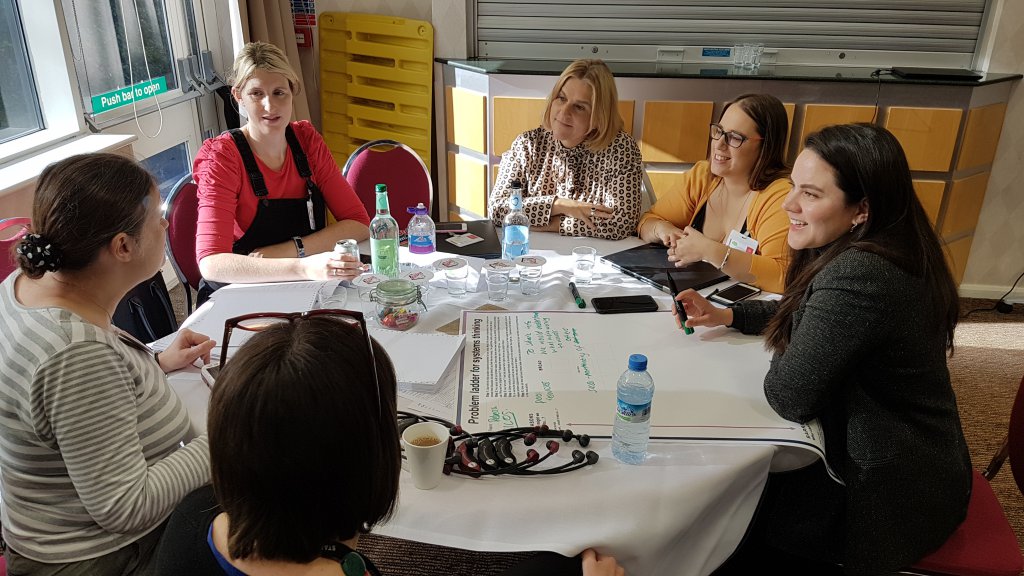
From three tiers of Learning Organisations to a complex Learning System
Schools have already undergone Learning Organisation assessments, putting themselves on a path to fully embracing this model with Tier 2 organisations looking to undergo their assessments later this year. The Directorate decided to follow suit, and similarly underwent a Learning Organisation assessment, that was specifically adapted to a public sector context. This assessment, and associated OPSI run workshops, generated insight into what being a Learning Organisation would allow the Directorate to do differently or better, and to make overt what the stakes and benefits are of this model to the Directorate’s strategic functioning.
OPSI research highlighted broad barriers currently preventing the Directorate from moving forward on realising this model and the most recent workshop used the collective wisdom and experience of Directorate staff to frame specific problems and strategise possible solutions to them, to move the Directorate to the next phase of development.
So, what now?
While the Directorate still needs to work to overcome barriers on its path to becoming a Learning Organisation, each tier of the education system in Wales is moving toward fully embracing this model.
Yet, it is not in the spirit of the model to have three; independently functioning tiers (even if individual organisations in each tier are embodying the dimensions of the Learning Organisation). Among other things, this model privileges shared vision, collaboration, and collecting and exchanging knowledge. Its very purpose is to foster and sustain new ways of working together.
The next relevant questions are how to encourage each tier to interact, influence and integrate in a multi-dimensional way as Learning Organisations to make a Learning Education System? How will operating as a learning system help the education system achieve its current missions (and formulate appropriate future ones). What does the effective governance of a Learning System in the education sector look like in Wales?
These are the guiding questions for Wales’ next phase. While overcoming barriers to becoming a Learning Organisation is the Directorate’s immediate hurdle, it will need to jump it with a steady eye fixed over the horizon.







